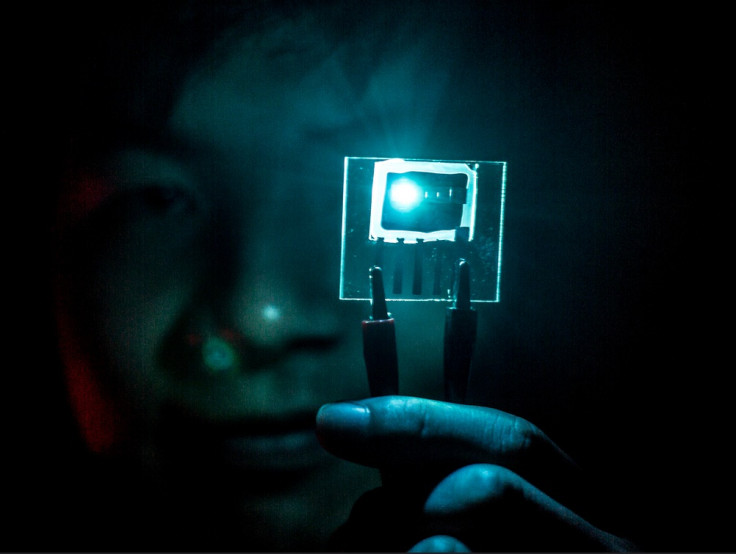Efficient Blue LEDs Boost Battery Life in Smartphones
Researchers from University of Michigan have extended the lifetime of blue organic LEDs

Researchers have successfully extended the lifespan of blue organic light emitting diodes (OLEDs), which can boost the battery life of smartphones and reduce power consumption of flatscreen TVs.
Many of today's smartphone screens and high-end TVs use blue, red and green OLEDs to produce colour images, due to the OLEDs' thinness, lightness, low power use and brightness. But blue OLEDs had shorter lifespans than either green or red ones.
Now researchers from the University of Michigan have improved the lifespan of blue OLEDs by a factor of 10, increasing their efficiency from between 5% to 20% – or more.
OLEDs and PHOLEDs
OLEDs come in two types: fluorescent and phosphorescent – known as PHOLEDs.
Phosphorescent OLEDs are four times more efficient than fluorescent OLEDs at producing light.
While Samsung and LG use green and red PHOLEDs in TVs and smartphones, both companies have have to use blue fluorescent OLEDs, due to the limited lifespan of blue PHOLEDs. Over time, OLED displays can take on a red or green tint, as the blue OLEDs fail.
"Having a blue phosphorescent pixel is an important challenge, but they haven't lived long enough," said Stephen Forrest – the Paul G. Goebel professor of Engineering at Michigan University's College of Engineering.
Forrest and his team, who demonstrated the first blue PHOLED in 2001, believes their new efficient blue PHOLEDs will make a significant dent in power consumption of large-screen TVs, extend the battery performance in the smartphones, and improve the quality of images on the display.
"In a display, it would be very noticeable to your eye," added Forrest.
Blue PHOLED
The blue PHOLED consist of a thin film of light-emitting material inside two conductive layers: one for electrons and one for electron holes (essentially, a layer which is missing electrons).
Light is produced when electrons and holes meet on the PHOLED's light-emitting molecules.
If the light-emitting molecules are distributed evenly, they tend to accumulate near the electron-conducting layer, which causes damage.
Forrest's team have developed a new distribution method.
"The new distribution extends the life of blue PHOLED up to three times. Then the team split their design into two layers, halving the concentration of light-emitting molecules in each layer. This configuration increased the lifetime ten-fold."
While this is good news for smartphone and TV display manufacturers, it'll still be some time before these efficient blue PHOLEDs go into industrial production.
© Copyright IBTimes 2024. All rights reserved.






